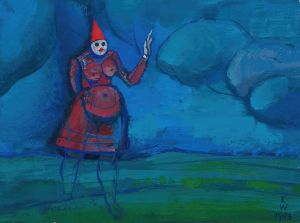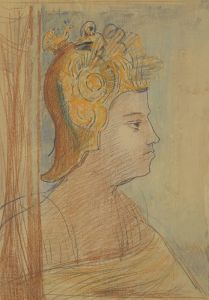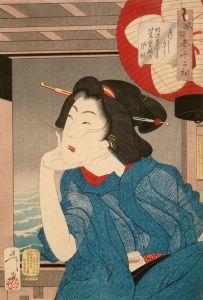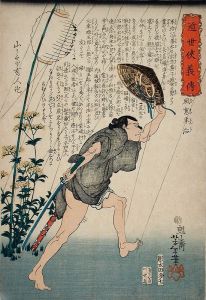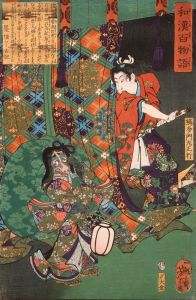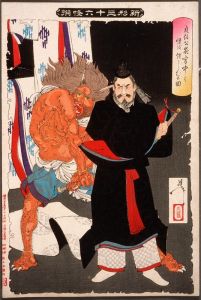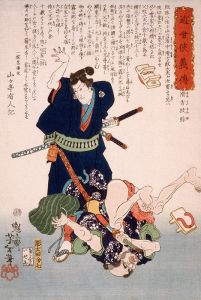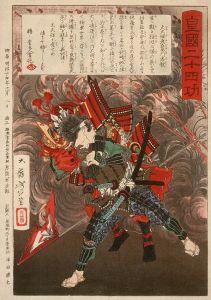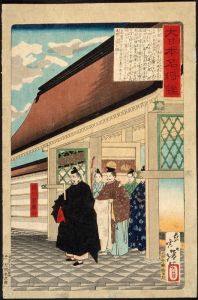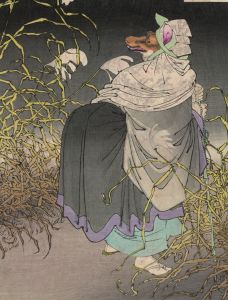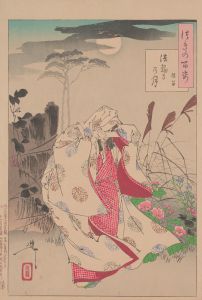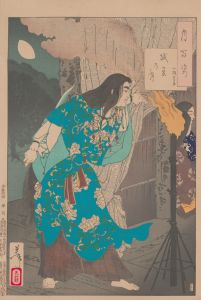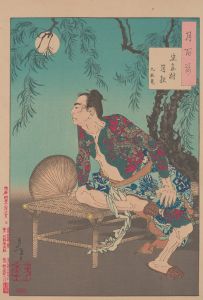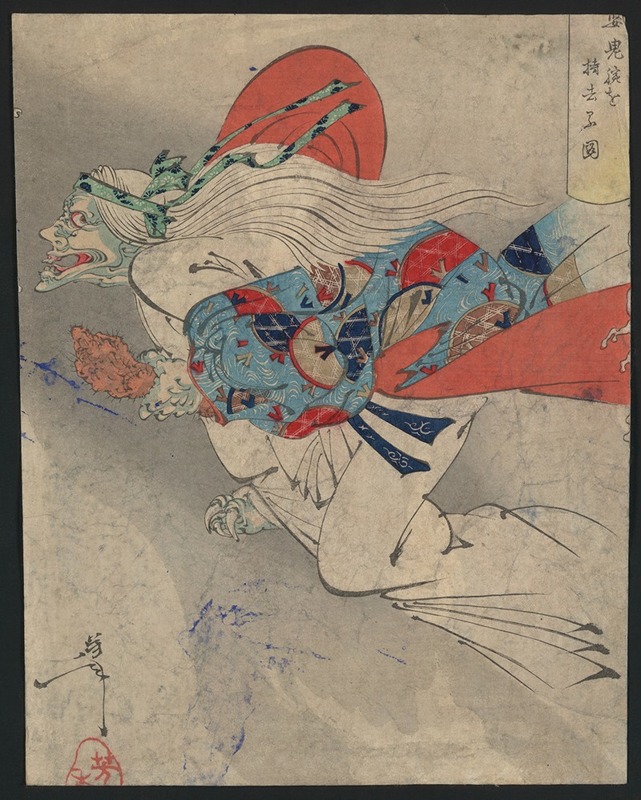
Ibaraki
A hand-painted replica of Tsukioka Yoshitoshi’s masterpiece Ibaraki, meticulously crafted by professional artists to capture the true essence of the original. Each piece is created with museum-quality canvas and rare mineral pigments, carefully painted by experienced artists with delicate brushstrokes and rich, layered colors to perfectly recreate the texture of the original artwork. Unlike machine-printed reproductions, this hand-painted version brings the painting to life, infused with the artist’s emotions and skill in every stroke. Whether for personal collection or home decoration, it instantly elevates the artistic atmosphere of any space.
Tsukioka Yoshitoshi (1839–1892) was a renowned Japanese artist, widely celebrated for his woodblock prints and his role in the ukiyo-e art movement during the late Edo and early Meiji periods. One of his notable works is "Ibaraki," which is part of his series that often depicted historical and mythical themes, showcasing his unique style and storytelling ability.
Yoshitoshi's work is characterized by its dynamic composition, vivid colors, and intricate details, which are evident in "Ibaraki." This piece reflects his fascination with Japanese folklore and legends, a common theme throughout his career. Yoshitoshi was known for his ability to convey emotion and drama, often capturing the tension and movement within a scene, which is a hallmark of his artistic style.
"Ibaraki" is believed to depict a scene from the famous Japanese legend of Ibaraki-dōji, a demon associated with the Rashomon Gate in Kyoto. According to the legend, Ibaraki-dōji was an oni (demon) who terrorized the area until being confronted by the legendary warrior Watanabe no Tsuna, one of the Four Heavenly Kings under the command of the samurai Minamoto no Yorimitsu. The story goes that Tsuna managed to cut off the demon's arm, which he kept as a trophy. The demon later returned to retrieve the arm, showcasing themes of bravery and supernatural encounters that were popular in Japanese folklore.
Yoshitoshi's depiction of such legendary tales was not only a reflection of his artistic talent but also an indication of the cultural and historical narratives that were prevalent during his time. His works often served as a bridge between the traditional and the modern, capturing the transition of Japanese society as it moved from the Edo period into the Meiji era, a time of significant change and modernization.
The ukiyo-e movement, to which Yoshitoshi belonged, was instrumental in shaping the visual culture of Japan. Artists in this movement focused on subjects ranging from kabuki actors and beautiful women to landscapes and historical scenes. Yoshitoshi, in particular, was known for his innovative approach and his ability to adapt to the changing tastes of the public, which helped sustain his popularity even as the demand for traditional woodblock prints began to decline with the advent of new printing technologies.
Yoshitoshi's legacy is marked by his influence on both Japanese and Western art. His works have been studied for their artistic merit and their insight into the cultural narratives of his time. "Ibaraki," like many of his other prints, continues to be appreciated for its artistic quality and its role in preserving the rich tapestry of Japanese folklore and history.





